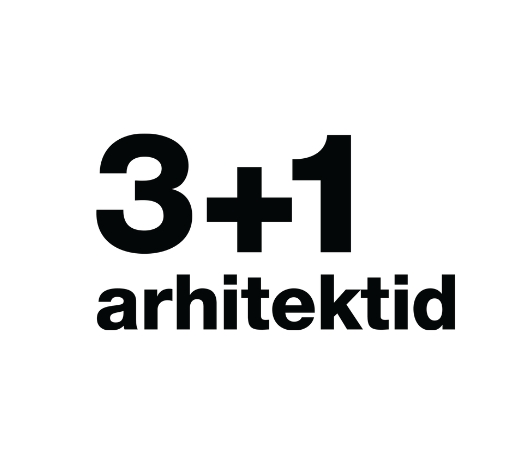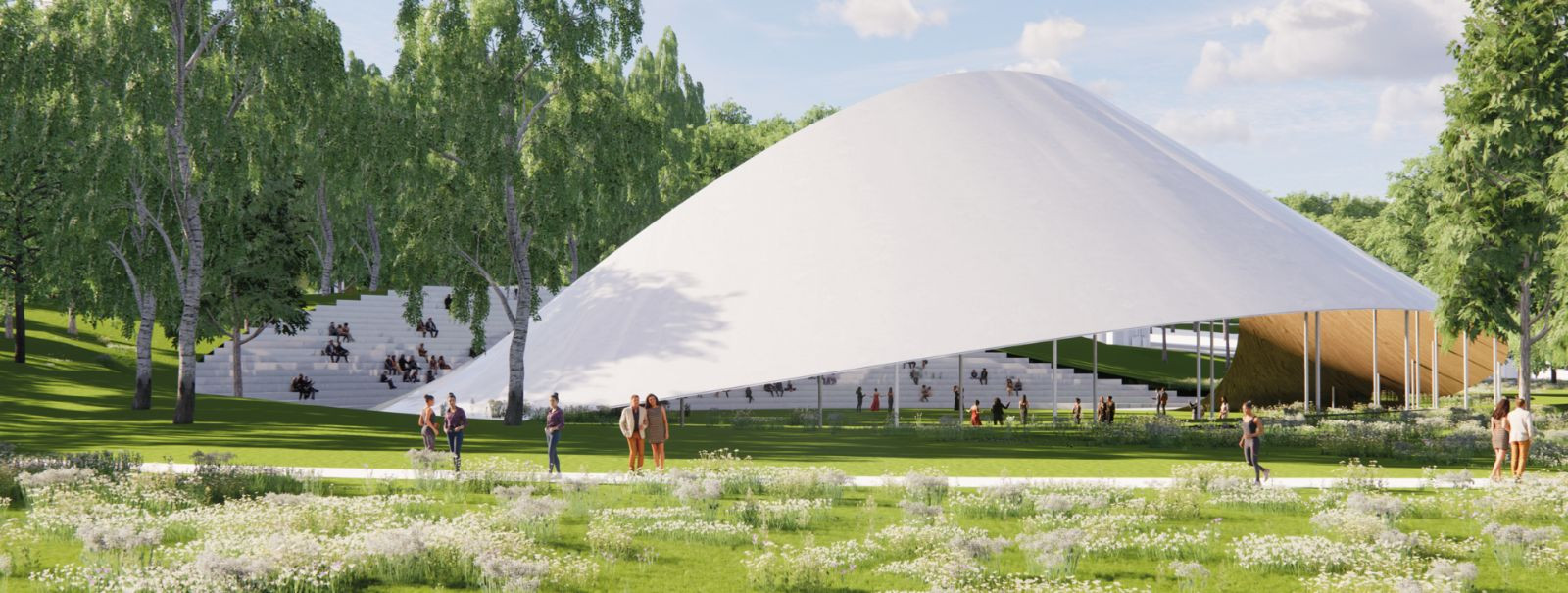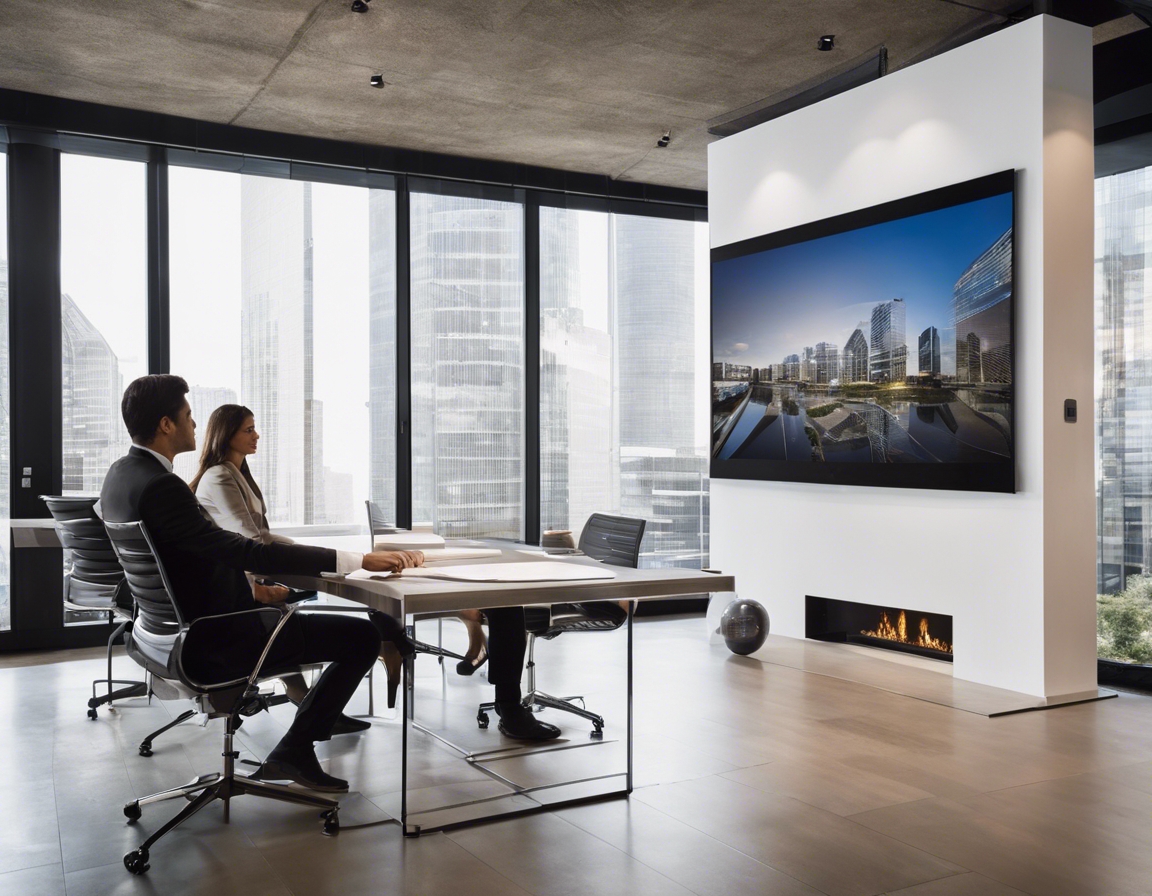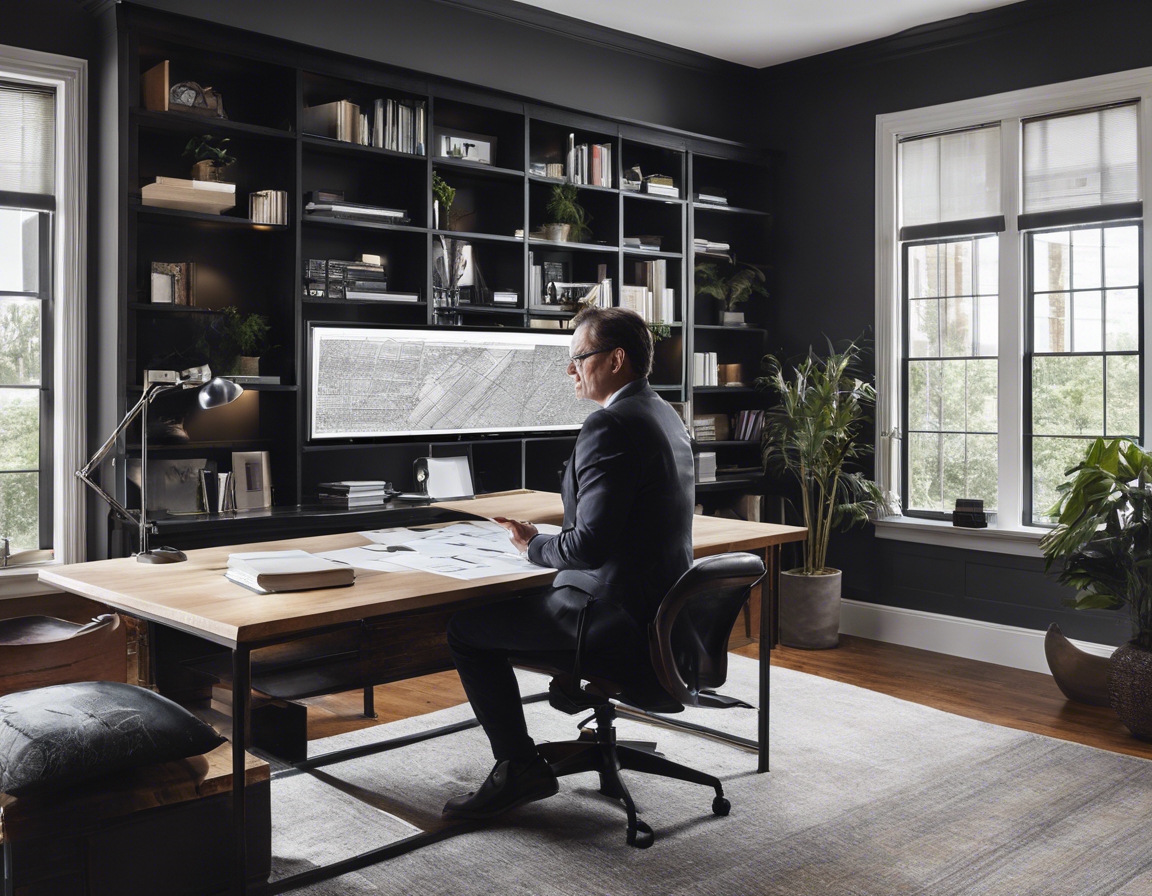The future of sustainable architecture
Sustainable architecture is a design philosophy that seeks to minimize the negative environmental impact of buildings by enhancing efficiency and moderation in the use of materials, energy, and development space. The importance of sustainable architecture lies in its potential to reduce carbon footprints, conserve natural resources, and create healthier living environments.
The concept of sustainable design has evolved from simple energy conservation measures to a comprehensive approach that encompasses the entire lifecycle of a building. This evolution reflects a growing awareness of the need for a more responsible approach to designing our built environment.
Emerging Trends in Sustainable Architecture
Net-zero buildings are designed to generate as much energy as they consume over the course of a year. This ambitious goal is becoming increasingly achievable through advances in energy efficiency and renewable energy technologies.
Biophilic design incorporates natural elements into the built environment to improve human well-being and productivity. This trend is gaining traction as research continues to demonstrate the benefits of connecting people with nature in their living and working spaces.
Adaptive reuse involves repurposing existing buildings for new uses, reducing waste and the demand for new materials. The circular economy concept extends this idea to the entire lifecycle of building materials, promoting recycling and reuse to minimize waste.
Smart cities use technology to enhance the efficiency and livability of urban environments. Sustainable urban planning integrates these technologies with eco-friendly building practices to create cities that are both smart and sustainable.
Innovative Materials and Construction Techniques
Green building materials are sourced, processed, and installed to lessen their impact on the environment. These materials often have recycled content, natural origins, or are sourced from sustainable forests and farms.
3D printing is revolutionizing the construction industry by enabling the creation of complex, customized building components with reduced material waste.
Modular and prefabricated buildings are constructed in a factory setting and then transported to the site, which can significantly reduce construction time and waste.
Energy Efficiency and Renewable Energy Integration
Passive design strategies take advantage of natural climate to maintain comfortable temperatures in the home, reducing reliance on mechanical heating and cooling systems.
Integrating renewable energy sources, such as solar panels and wind turbines, into building designs is essential for achieving net-zero energy goals.
Advanced energy management systems monitor and control energy use in real-time, optimizing performance and reducing waste.
Water Conservation and Management
Water-saving fixtures and appliances are essential components of sustainable buildings, helping to reduce water consumption and the strain on municipal water supplies.
Systems for rainwater harvesting and greywater recycling can significantly reduce a building's demand for potable water by repurposing water for non-potable uses.
Regulations, Certifications, and Incentives
Building codes and standards are evolving to support sustainable building practices, with many jurisdictions adopting requirements for energy efficiency and environmental impact.
Green building certifications, such as LEED and BREEAM, provide frameworks for assessing the sustainability of buildings and encourage the adoption of sustainable practices in the construction industry.
Governments around the world are offering incentives to promote sustainable development, including tax credits, grants, and expedited permitting for green building projects.






Comments (0)